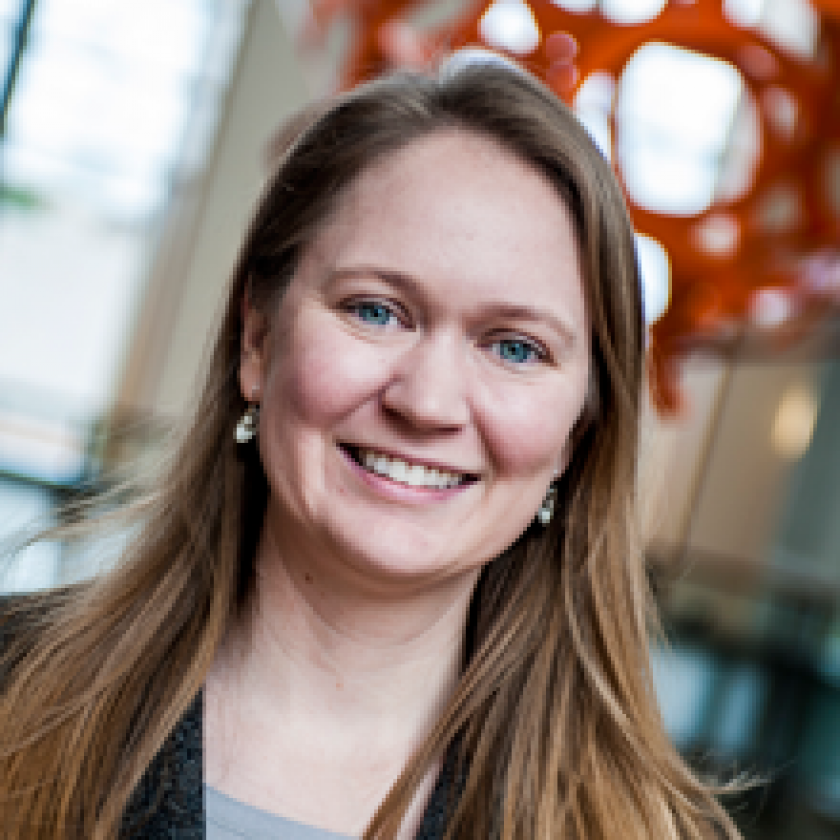Abstract
Metal-dielectric nanocavities have the ability to tightly confine light to small mode volumes resulting in strongly increased local density of states. Placing fluorescing molecules or semiconductor materials in this region enables wide control of radiative processes including absorption and spontaneous emission rates, quantum efficiency, and emission directionality.
In this talk, I will describe our recent experiments utilizing a tunable plasmonic platform where emitters are sandwiched in a sub-10-nm gap between colloidally synthesized silver nanocubes and a metal film. Utilizing dye molecules with an intrinsic long lifetime reveals spontaneous emission rate enhancements exceeding a factor of 1,000 while maintaining directional emission and high quantum efficiency [Akselrod et al. Nature Photon. 8, 835 (2014)]. Incorporating colloidal CdSe/ZnS semiconductor quantum dots into the nanocavities enables ultrafast spontaneous emission corresponding to emission rates exceeding 90 GHz [Hoang et al., Nat. Commun. 6, 7788 (2015)] as well as an ultrafast and efficient single photon source [Hoang et al., Nano Lett., Article ASAP (2015)]. Leveraging higher-order modes of the cavity allows optical processes at multiple energies to be optimized simultaneously. We demonstrate this by enhancing both the absorption and the quantum yield in monolayer MoS2 resulting in a 2,000-fold enhancement in the overall fluorescence [Akselrod et al., Nano Lett. 15, 3578 (2015)]. Finally, this nanocavity geometry can be tuned from the visible to the near-infrared using large-area solution-based deposition techniques [Akselrod et al., Adv. Mater. 27, 7897 (2015)] promising for future ultrafast and high-efficiency optoelectronic devices.
Biography
Maiken H. Mikkelsen is the Nortel Networks Assistant Professor of Electrical and Computer Engineering and Assistant Professor of Physics at Duke University.
Her research interests span ultrafast phenomena in artificially structured materials, nanophotonics, plasmonics, light-matter interactions in quantum confined structures, spin phenomena in the solid state, and quantum information science. She received her B.S. in Physics from the University of Copenhagen, Denmark in 2004, and her Ph.D. in Physics from the University of California, Santa Barbara in 2009 in the group of Prof. David Awschalom. Before joining Duke in 2012, she was a postdoctoral fellow with Prof. Xiang Zhang at the University of California, Berkeley. Her awards include the NSF CAREER award (2015), the Air Force Office of Scientific Research Young Investigator Award (2015), the Ralph E. Powe Junior Faculty Award (2014), and the European Physical Society’s Ph.D. Thesis prize in Quantum Electronics and Optics (2011).


